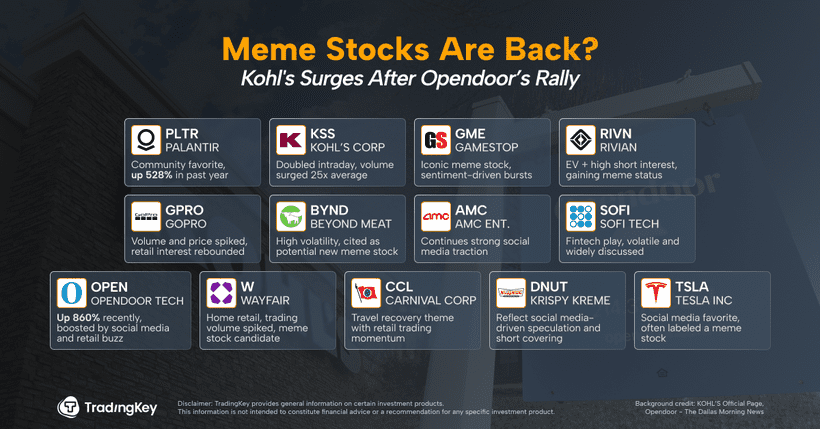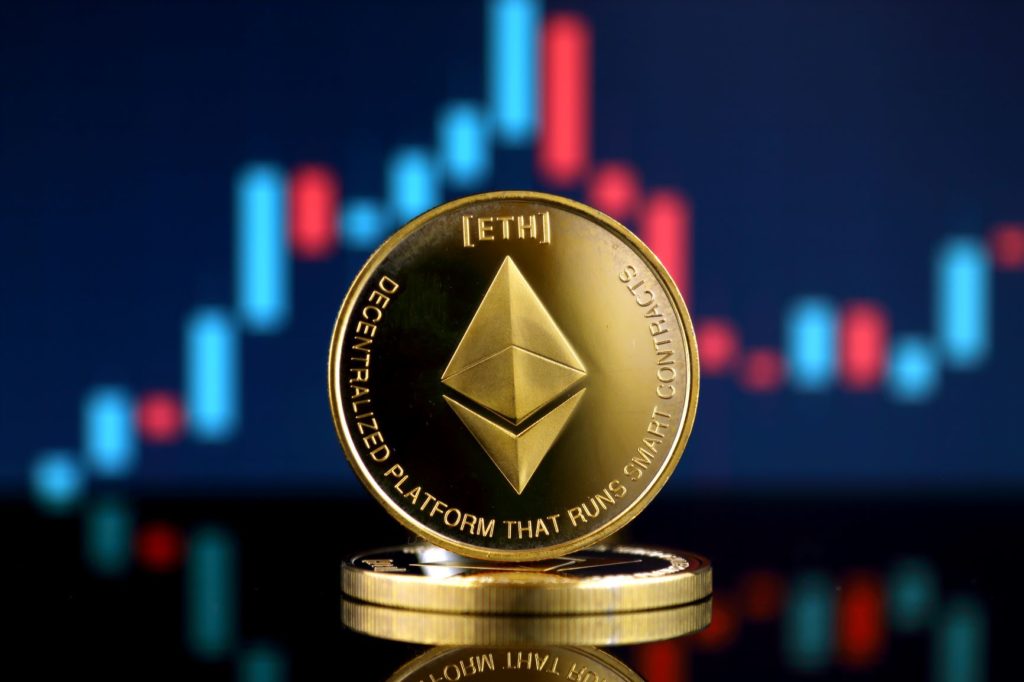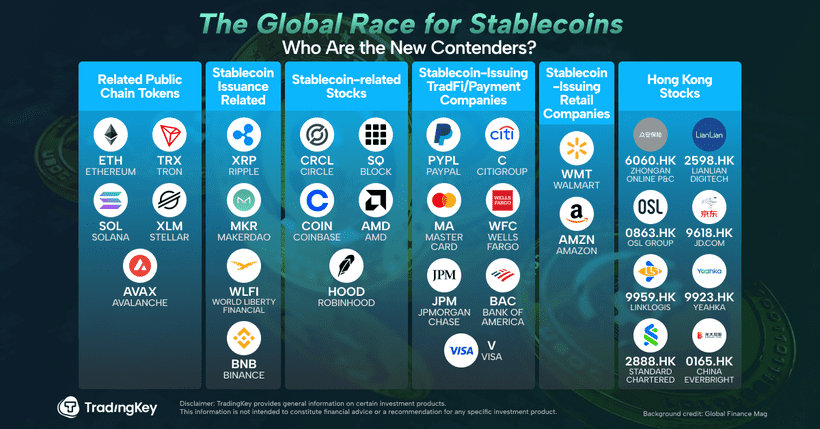Viking Therapeutics Posts Wider Q2 Loss

Key Points
- Loss per share was $(0.58), falling short of analyst expectations by $(0.13), or 29.1% (GAAP, Q2 2025).
- Research and development expenses rose to $60.2 million in Q2 2025, up from $23.8 million in the same period of 2024, as clinical activity scaled up.
- Cash and short-term investments totaled $808 million as of Q2 2025, supporting ongoing late-stage trials.
Viking Therapeutics (NASDAQ:VKTX), a clinical-stage biopharmaceutical company focused on treatments for obesity and metabolic diseases, released results for its second quarter on July 23, 2025. The key takeaway from the update was a higher-than-expected net loss (GAAP) for Q2 2025, driven by a sharp increase in research and development spending to support pipeline progress, particularly in later-stage obesity trials. The company reported a net loss per share of $(0.58) (GAAP), wider than the consensus GAAP estimate of $(0.45). There was no revenue reported or expected, in line with its clinical-stage status. Despite the larger operating loss and elevated cash burn, the company finished the quarter with significant liquidity, allowing it to continue funding large clinical programs. Overall, the period highlighted both progress and risks tied to advancing its lead drug candidate against strong competition.
| Metric | Q2 2025 | Q2 2025 Estimate | Q2 2024 | Y/Y Change |
|---|---|---|---|---|
| EPS | $(0.58) | $(0.45) | $(0.20) | (190.0%) |
| Revenue | $0 | $0 | $0 | — |
| Research & Development Expense | $60.2 million | $23.8 million | 152.9% | |
| General & Administrative Expense | $14.4 million | $10.3 million | 39.8% | |
| Net Loss | $65.6 million | $22.3 million | 194.2% |
Source: Analyst estimates for the quarter provided by FactSet.
Business Overview and Focus Areas
Viking Therapeutics develops therapies for diseases tied to metabolism, with a pipeline that includes treatments for obesity, nonalcoholic steatohepatitis (a type of fatty liver disease often called NASH or MASH), and rare genetic disorders. Its business model centers on drug discovery and clinical development, aiming to secure approvals from regulators like the Food and Drug Administration (FDA) for products that meet areas of high unmet need.
Recently, the company’s main focus has been its obesity program, highlighted by its lead product VK2735, a glucagon-like peptide-1 (GLP-1) and glucose-dependent insulinotropic polypeptide (GIP) receptor agonist. It is developing both injectable and oral forms of this obesity treatment, advancing through late-stage trials. Other priorities include preparing for potential commercial launches and managing finances effectively to sustain R&D activity. Success in large, complex clinical trials and eventual regulatory approvals are the most important factors for its future.
Quarter Highlights: Pipeline Progress and Financial Performance
During the quarter, the company expanded clinical activities for VK2735, with one trial enrolling about 4,500 patients with obesity and another with around 1,100 patients who have both obesity and type 2 diabetes. These are randomized, double-blind, placebo-controlled clinical trials designed to measure weight loss after 78 weeks. The company completed enrollment for its Phase 2 oral VK2735 trial (VENTURE-Oral), with about 280 patients, in March 2025, and management expects top-line results in the second half of 2025.
Previous data had shown promising effects for VK2735. Patients taking the injectable form achieved up to 14.7% weight loss after just 13 weeks in a Phase 2 study of VK2735 for obesity, as reported in 2024. For the oral formulation, prior short-term studies showed up to 8.2% weight loss in 28 days. These results place the company in direct competition with high-profile existing treatments for obesity, including Novo Nordisk’s Semaglutide, and Eli Lilly’s Tirzepatide, which are established standards in the field.
Research and development expenses rose to $60.2 million in Q2 2025, up from $23.8 million in the same period of 2024, as costs increased from scaling up trial activity. These included higher spending on patient studies, drug manufacturing, and compensation. General and administrative costs also increased, mainly from higher employee compensation and stock-based pay, though this was partly balanced by lower legal and patent expenses. Ongoing investment in the pipeline drives these higher costs, but puts pressure on cash reserves and raises the risk of future fundraising.
There were no revenues in the period, in line with the company's pre-commercial status. All operations remain funded by prior equity offerings and investment income. Ending liquidity was $808 million in cash and short-term investments as of June 30, 2025, down from $852 million on March 31, 2025. The company maintains this cash position to fund ongoing clinical work, especially as trial size and complexity grow. No new partnerships, licensing agreements, or direct commercialization steps were disclosed during the period.
Looking Forward: Outlook and Upcoming Catalysts
Management did not provide forward financial guidance for the remainder of fiscal 2025 or future quarters. It reaffirmed its focus on delivering key clinical readouts, especially top-line data from the VENTURE-Oral trial for its oral obesity drug in the second half of the year. The company also anticipates submitting an investigational new drug (IND) application for its DACRA program (a dual amylin and calcitonin receptor agonist for obesity) in the final quarter of the year.
No new product revenues are expected until clinical milestones are achieved and regulatory approvals are secured. As the company grows its clinical footprint, future quarters will remain defined by the pace of patient enrollment, speed of key trial readouts, and any changes in spending or capital needs. Investors should watch for trial updates, changes in cash burn, and any partnering activity that might ease dilution risks or accelerate readiness for future product launches. VKTX does not currently pay a dividend.
Revenue and net income presented using U.S. generally accepted accounting principles (GAAP) unless otherwise noted.
Where to invest $1,000 right now
When our analyst team has a stock tip, it can pay to listen. After all, Stock Advisor’s total average return is 1,034%* — a market-crushing outperformance compared to 180% for the S&P 500.
They just revealed what they believe are the 10 best stocks for investors to buy right now, available when you join Stock Advisor.
*Stock Advisor returns as of July 21, 2025
JesterAI is a Foolish AI, based on a variety of Large Language Models (LLMs) and proprietary Motley Fool systems. All articles published by JesterAI are reviewed by our editorial team, and The Motley Fool takes ultimate responsibility for the content of this article. JesterAI cannot own stocks and so it has no positions in any stocks mentioned. The Motley Fool recommends Viking Therapeutics. The Motley Fool has a disclosure policy.





